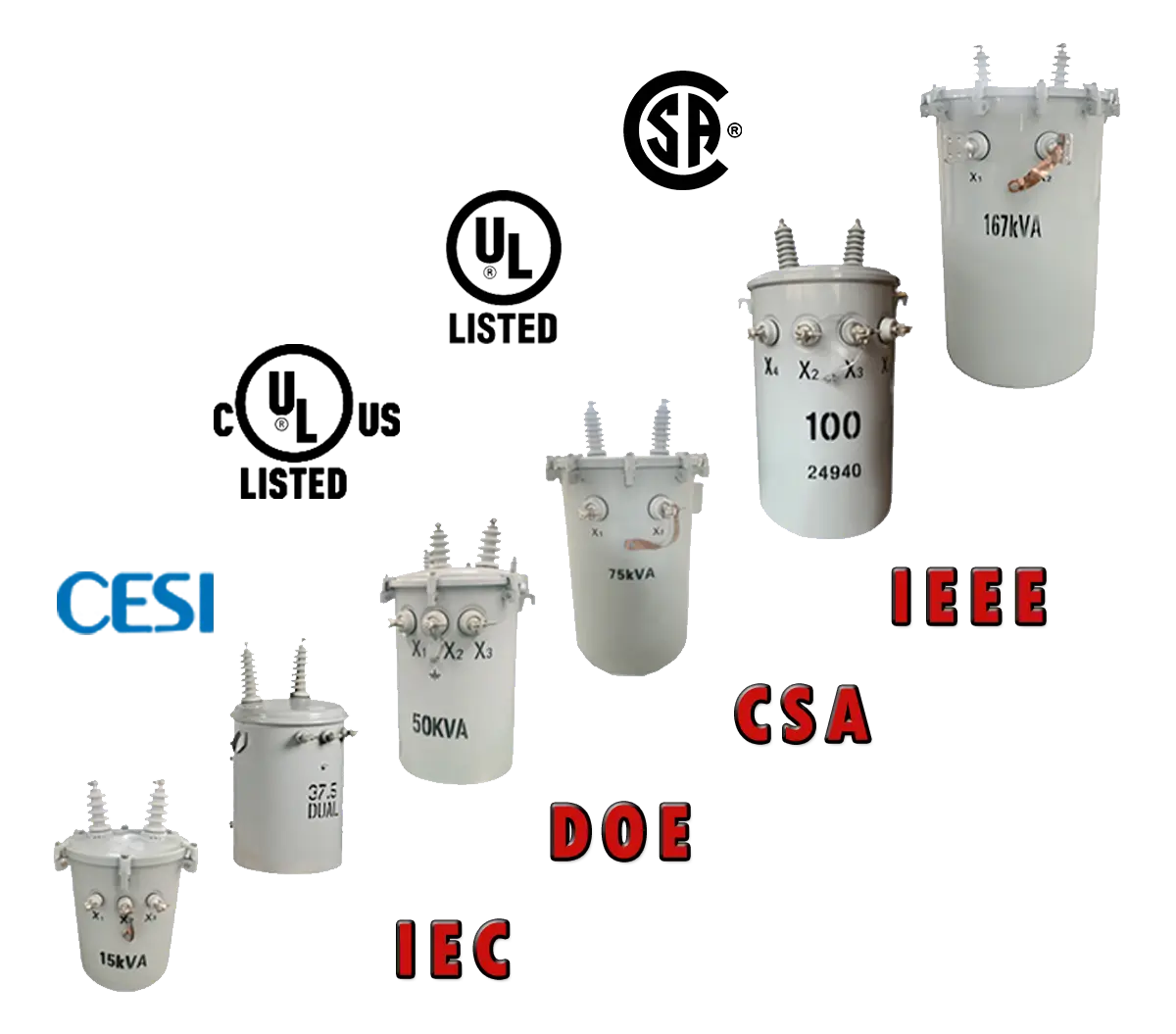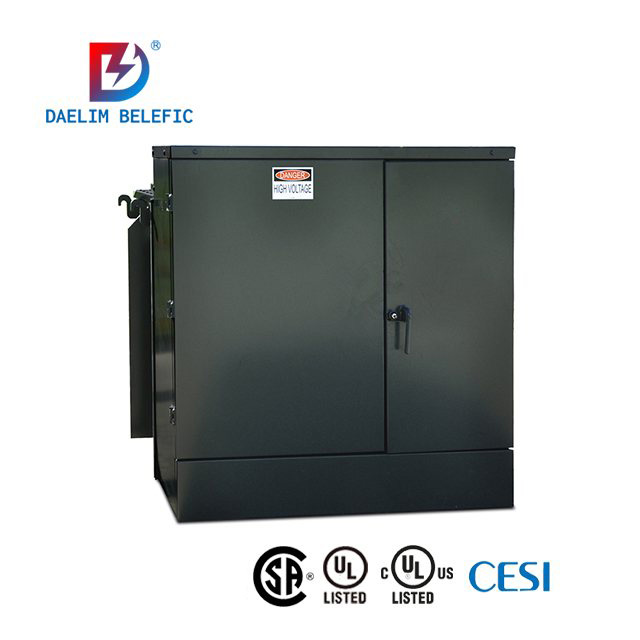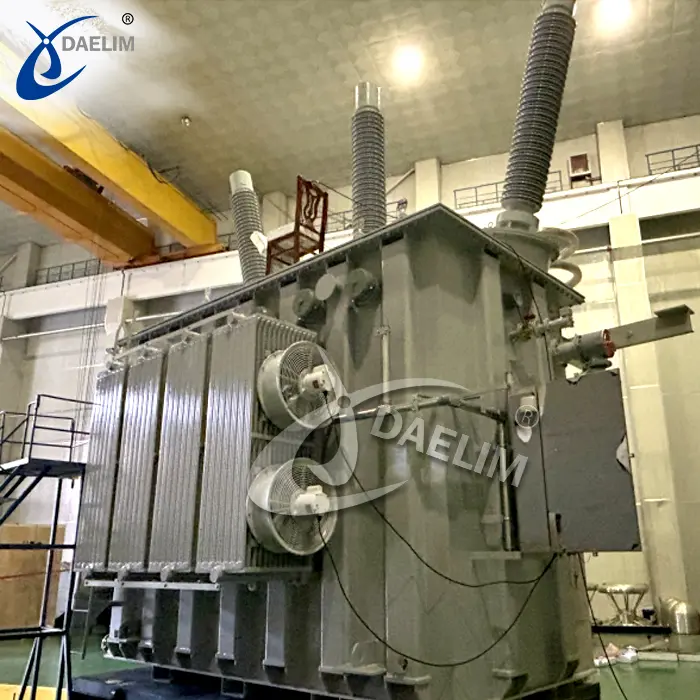Transformer Oil Uses and Requirements
Transformer Oil Uses
- Insulation: Transformer oil isolates charged parts at different potentials to prevent short circuits. Its dielectric constant is 2.25, much higher than air's dielectric constant of 1.0, indicating superior insulation strength.
- Heat Dissipation and Cooling: Transformers generate heat due to resistance and other losses during operation. Transformer oil absorbs and transfers this heat away from the transformer, ensuring efficient cooling.
- Arc Extinguishing: In switchgear, transformer oil extinguishes arcs that occur when the oil switch interrupts the power load. The high temperature from the arc decomposes the oil, producing hydrogen. This hydrogen, with its high thermal conductivity, absorbs the heat and transfers it to the oil until the contacts cool, thus extinguishing the arc.
- Protection of Core and Coil Components: Transformer oil protects the core and coil components from oxidation and other forms of degradation.
- Delay of Insulating Material Erosion: The oil helps delay the erosion of insulating materials by oxygen, thereby extending the lifespan of the transformer's internal components.
In summary, transformer oil is essential for insulation, heat dissipation, arc extinguishing, and the protection of core and coil components.
Common Transformer Oil Standards
- ASTM: American Society for Testing and Materials standards.
- IEC: International Electrotechnical Commission standards, related to electricity and electronics.
- ISO: International Organization for Standardization standards.
Requirements for Transformer Oil
Transformer oil must meet specific criteria to ensure optimal performance and longevity:
- High Dielectric Strength: To adapt to various working voltages.
- Low Viscosity: To facilitate efficient cyclic convection and heat transfer.
- High Flash Point: To meet fire safety requirements.
- Good Low-Temperature Performance: To withstand low-temperature environments.
- Excellent Oxidation Stability: To ensure a long service life.
Chemical Properties
- Composition characteristics
- Water-soluble acid
- Acid value
- Moisture content
- Active sulfur
- Oxidation stability
Physical Properties
- Appearance
- Density
- Viscosity
- Pour point (condensation point)
- Flash point
- Interfacial tension
- Particle size
- Specific dispersion
- Aniline point
Electrical Properties
- Breakdown voltage (insulation strength)
- Dielectric loss factor
- Volume resistivity
- Gas evolution
By adhering to these standards and requirements, transformer oil ensures the safe, efficient, and long-term operation of oil-filled transformers.
More resources:
What is the difference between the mineral oil and vegetable oil?
How to analysis of gases and check oil level in transformer?






